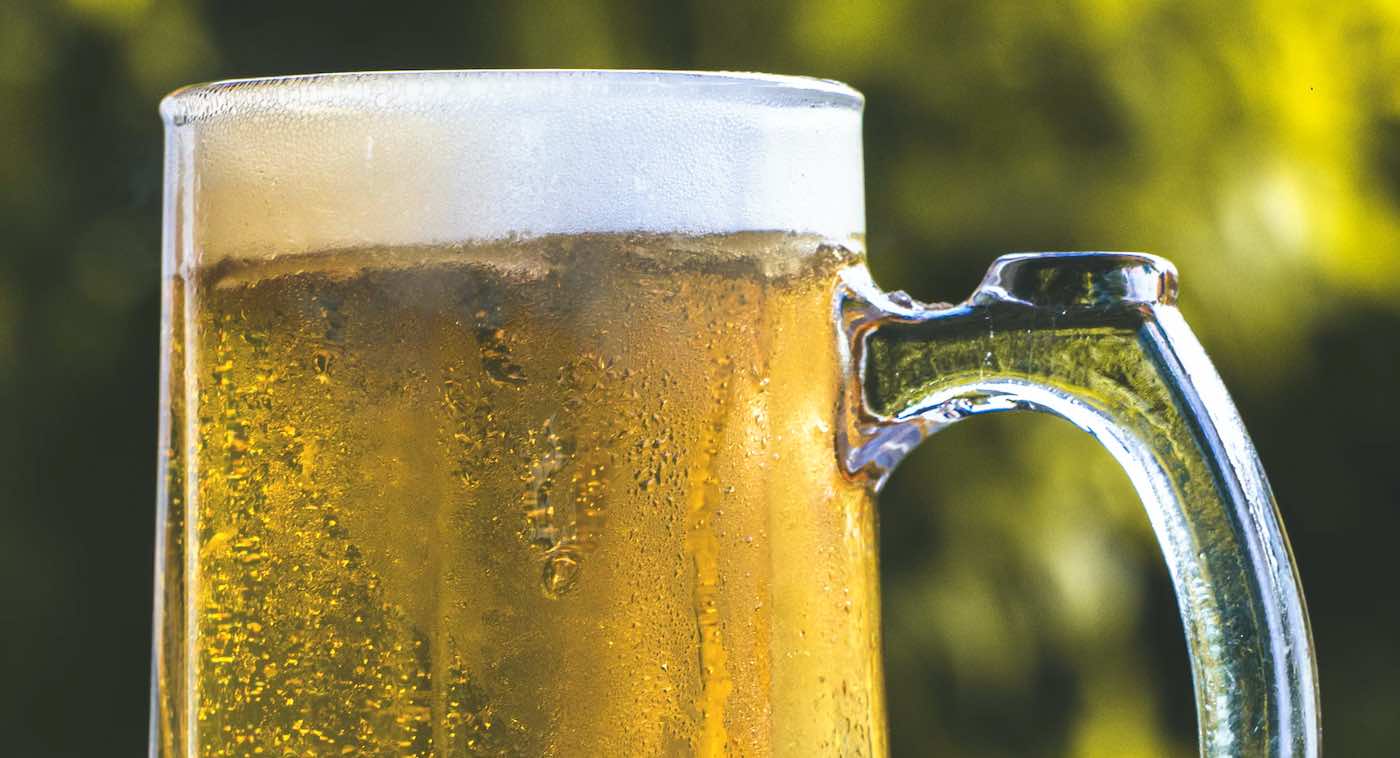
Lager is the world’s most popular beer, and new research shows it was invented by accident more than 400 years ago in Bavaria.
The yeast that is currently used to brew cold beer originated in Munich, at the court of Maximilian the Great, after two different yeasts came into contact and mated.
Their coupling created the new species Saccharomyces pastorianus, which works at a much slower rate and at cooler temperatures in caves and cellars.
For thousands of years, all beers were fermented with the particular strain named Saccharomyces cerevisiae. It ferments warm and relatively quickly – producing what we refer to as ale. Evidence of fermented beverages from China date back at least 7,000 years ago, and from Israel up to 13,000 years ago.
In a new study, a microbiologist at the Technical University of Munich explained that lager uses S. pastorianus, which is responsible for the production of bottom-fermented lagers.
“It is a hybrid that arose from the mating of the top-fermenting ale yeast Saccharomyces cerevisiae and the cold-tolerant Saccharomyces eubayanus around the start of the 17th century,” said lead author Dr. Mathias Hutzler.
RELATED: A Beer A Day (Even Non-Alcoholic) Seems to Keep the Doctor Away
For their study published in FEMS Yeast Research, the team combined documents with evolutionary and genetic data to trace the beverage’s origins to the Munich brewery of the Duke of Bavaria in 1602.
The mingling
They found S. cerevisiae (the most common yeast used in European brewing at the time, which produced ale) had contaminated a batch of beer brewed with the wild variant S. eubayanus at a wheat brewery in the small town of Schwarzach in southern Germany.
The paler beers that today are the most popular in the world are the lagers, like Heineken, Miller, and Corona—and researchers sought to understand the historical shift from ale to lager in Europe.
The mystery of the lager yeast’s parentage was solved in 2011, when S. eubayanus was discovered in the Patagonian Andes in Argentina.
The new study shows S. pastorianus developed in three stages. First, the yeast strain S. cerevisiae came to Munich from Bohemia, where brewers had made wheat beer since at least the 14th century—it’s the same species that is still used today to make ale-style beer, wine, and bread.
Then, in a Munich brewery in 1602, it mated with S, eubayanus, which was also involved in making beer, giving rise to S. pastorianus.
LOOK: Zac Efron Bonds with 81-Year-Old Hero Who Inspired His New Film, ‘The Greatest Beer Run Ever’
The new species of yeast was distributed around Munich breweries first, and then throughout Europe and the world. Lager now accounts for approximately 90 percent of the beer consumed annually.
According to Dr. Hutzler, no one had figured out how S. pastorianus came about, until now.
LIFT YOUR GLASS–By Sharing This Discovery With Beer-Lovers on Social Media…



















